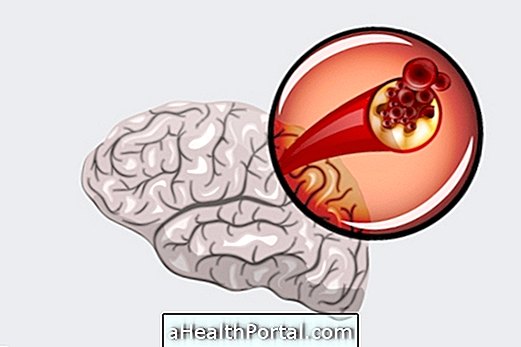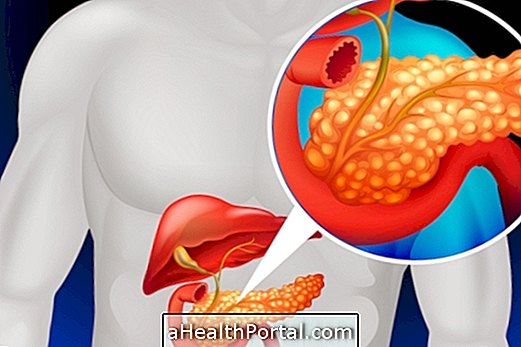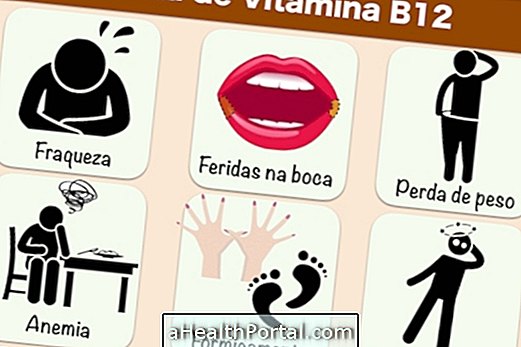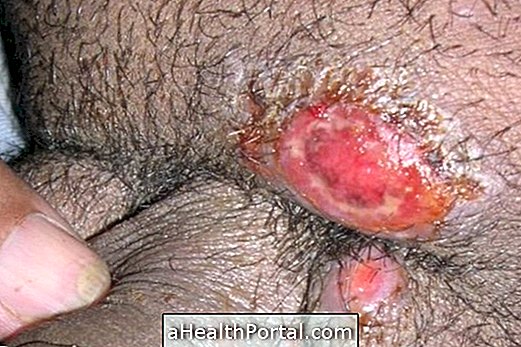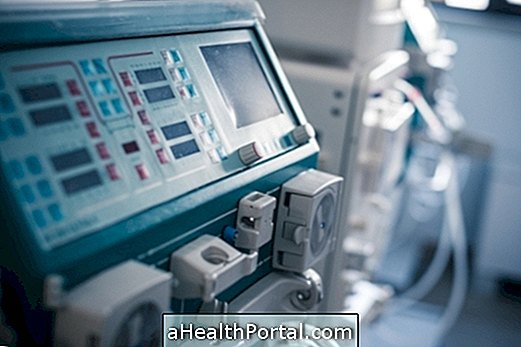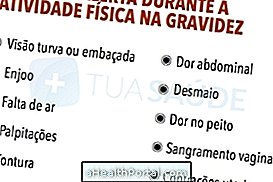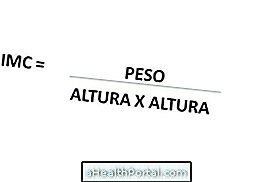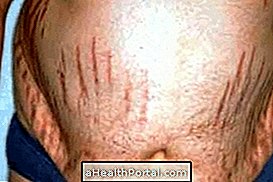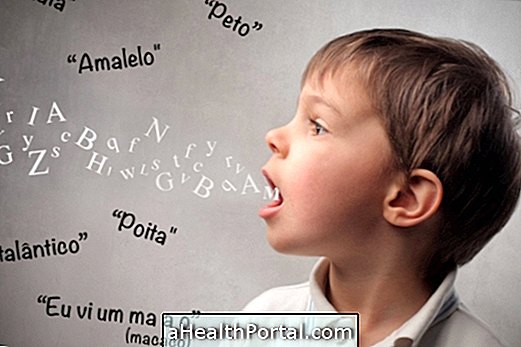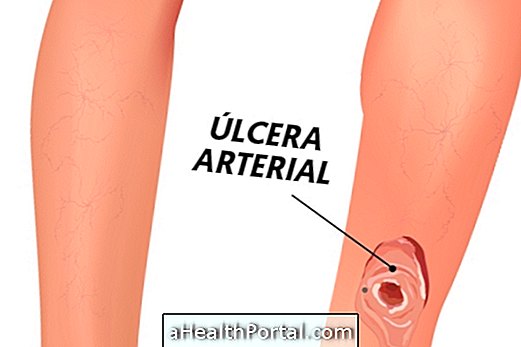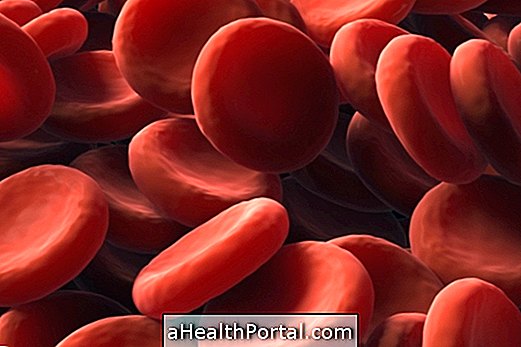Cerebral palsy is a neurological injury usually caused by lack of oxygen in the brain or cerebral ischemia that can happen during pregnancy, labor or until the child is 2 years old. The child with cerebral palsy has a strong muscular rigidity, changes in movement, posture, lack of balance, lack of coordination and involuntary movements, requiring care throughout life.
Cerebral palsy is commonly associated with epilepsy, speech disorders, auditory and visual impairment, and mental retardation and, therefore, it is serious. Despite this, there are many children who can perform physical exercises and even be Paralympic athletes, depending on the type of cerebral palsy they have.
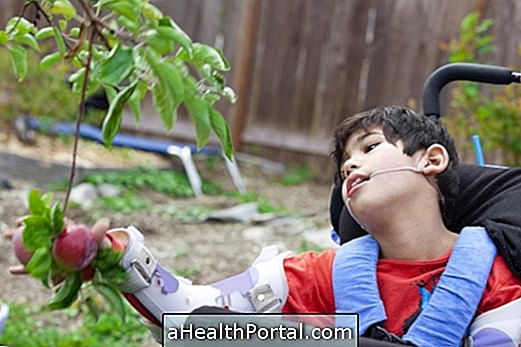
What causes and Types
Cerebral palsy can be caused by some diseases such as rubella, syphilis, toxoplasmosis, but can also be the result of genetic malformation, complications of pregnancy or childbirth, or problems affecting the central nervous system such as head trauma, seizures, or infections such as meningitis, sepsis, vasculitis or encephalitis, for example.
There are 5 types of cerebral palsy that can be classified as:
- Spastic cerebral palsy : It is the most common type affecting almost 90% of cases, being characterized by exaggerated stretching reflexes and difficulty in performing movements due to muscular rigidity;
- Athetoid cerebral palsy : characterized by affecting movement and motor coordination;
- Ataxic cerebral palsy : Characterized by intentional tremor and difficulty in walking;
- Hypotonic cerebral palsy : Characterized by loose joints and weakened muscles;
- Dyskinetic cerebral palsy : Characterized by involuntary movements.
By identifying that the child has cerebral palsy, the physician can also inform the parents what kind of limitation the child will have to avoid false hopes and help them to realize that the child will need special care throughout life.
Symptoms of Cerebral Palsy
The main characteristic of cerebral palsy is muscle stiffness that makes it difficult to move the arms and legs. But in addition they may be present:
- Epilepsy;
- Convulsions;
- Respiratory distress;
- Delay in motor development;
- Mental retardation;
- Deafness;
- Delay in language or speech problems;
- Difficulty in vision, strabismus or loss of vision;
- Behavioral disorders due to the child's frustration regarding their limitation of movement;
- Alterations in the vertebral column like kyphosis or scoliosis;
- Deformity in feet.
The diagnosis of cerebral palsy can be made by the pediatrician after performing tests such as computed tomography or electroencephalogram that prove the disease. In addition, by observing certain behaviors of the child it is possible to suspect that she has cerebral palsy, such as delayed motor development and the persistence of primitive reflexes.
Treatment for cerebral palsy
Treatment for cerebral palsy should be done for a lifetime, but it will not cure this condition, but it is very helpful in improving care for the affected person, improving their quality of life. Medications, surgery, physical therapy sessions, and occupational therapy may be needed. Learn more here.

